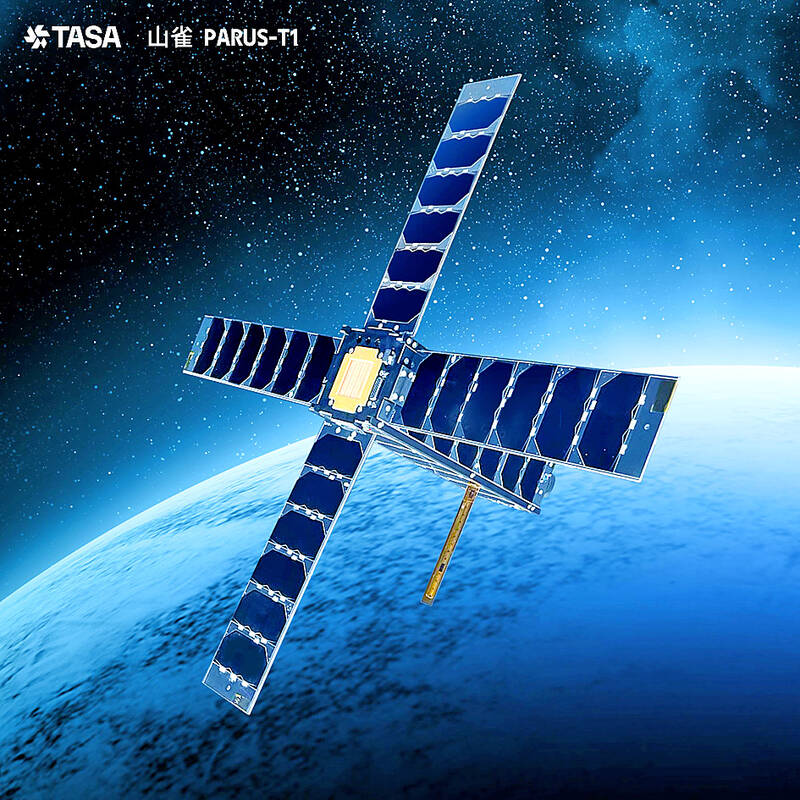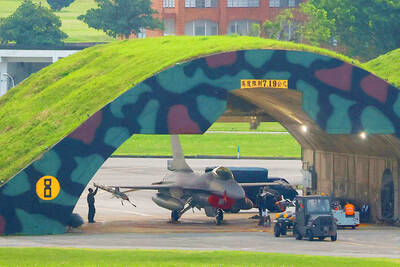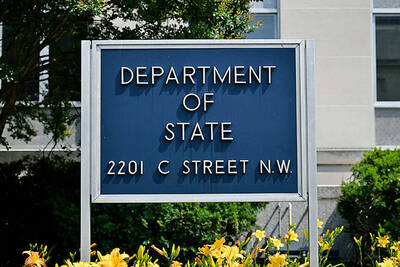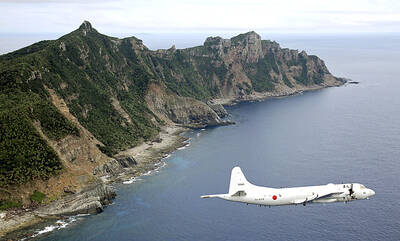Taiwan’s domestically developed PARUS-T1 satellite was launched into space yesterday on SpaceX’s Transporter-12 rocket from the US Vandenberg Space Force Base in California to begin its 12-month technological mission.
The rideshare mission was declared a success at 11:09am (7:05pm Pacific Standard Time on Tuesday), the Taiwan Space Agency (TASA) said.
The PARUS-T1 is a domestically designed, manufactured and integrated CubeSat-class 3U satellite launched to test the maturity of Taiwanese satellites, the agency said.

Photo courtesy of Taiwan Space Agency
It carried an experimental payload of telecommunications and systems to automatically identify ships.
The 3U-sized T1, T1A and T2 3U satellites and the 6U-sized T3 and T4 satellites share a common family of platforms developed under TASA’s PARUS program, it said.
Named after Sittiparus castaneoventris, a species of small birds endemic to Taiwan, the PARUS program’s aim is to develop compact and innovative satellite systems for the nation’s use, TASA said.
The SpaceX rocket deployed PARUS-T1 at an altitude of 515km in low Earth orbit 57 minutes after the launch, and the satellite deployed its solar panels and antenna 30 minutes after it entered orbit, it said.
PARUS-T1A, the PARUS T-1’s ill-lucked sibling, was lost in a failed launch of Space One’s KAIROS vehicle in Japan last month, TASA said.
Separately, the TASA and the Ministry of Environment yesterday unveiled a program to produce a constellation of air quality observation satellites to monitor air pollution over Taiwan, China and Southeast Asian nations.
The constellation would consist of four multispectral and hyperspectral device-equipped satellites to measure particulate matter smaller than 2.5 micrometers (PM2.5), carbon dioxide and methane concentrations, officials told a news conference in Taipei.
The NT$6.1 billion (US$184.49 million) research and development program — which is expected to put its first satellite in orbit in three years — is to be implemented from next year to 2031, the officials said.
In addition, the ministry is conducting a program to monitor air pollution over Kaohsiung and Pingtung County in collaboration with NASA and researchers from Taiwan and the US, they said.
The 3D air pollution monitoring program makes use of readings from ground-based stations, drones, aircraft and satellites to analyze the distribution of pollutants and improve predictive modeling, they said.
The ministry is also applying Internet of Things and generative artificial intelligence technologies to locate air pollution sources, they added.

MISINFORMATION: The generated content tends to adopt China’s official stance, such as ‘Taiwan is currently governed by the Chinese central government,’ the NSB said Five China-developed artificial intelligence (AI) language models exhibit cybersecurity risks and content biases, an inspection conducted by the National Security Bureau (NSB) showed. The five AI tools are: DeepSeek, Doubao (豆包), Yiyan (文心一言), Tongyi (通義千問) and Yuanbao (騰訊元寶), the bureau said, advising people to remain vigilant to protect personal data privacy and corporate business secrets. The NSB said it, in accordance with the National Intelligence Services Act (國家情報工作法), has reviewed international cybersecurity reports and intelligence, and coordinated with the Ministry of Justice Investigation Bureau and the National Police Agency’s Criminal Investigation Bureau to conduct an inspection of China-made AI language

BOOST IN CONFIDENCE: The sale sends a clear message of support for Taiwan and dispels rumors that US President Donald Trump ‘sold out’ the nation, an expert said The US government on Thursday announced a possible sale to Taiwan of fighter jet parts, which was estimated to cost about US$330 million, in a move that an expert said “sends a clear message of support for Taiwan” amid fears that Washington might be wavering in its attitude toward Taipei. It was the first announcement of an arms sale to Taiwan since US President Donald Trump returned to the White House earlier this year. The proposed package includes non-standard components, spare and repair parts, consumables and accessories, as well repair and return support for the F-16, C-130 and Indigenous Defense Fighter aircraft,

CHECKING BOUNDARIES: China wants to disrupt solidarity among democracies and test their red lines, but it is instead pushing nations to become more united, an expert said The US Department of State on Friday expressed deep concern over a Chinese public security agency’s investigation into Legislator Puma Shen (沈伯洋) for “secession.” “China’s actions threaten free speech and erode norms that have underpinned the cross-strait ‘status quo’ for decades,” a US Department of State spokesperson said. The Chongqing Municipal Public Security Bureau late last month listed Shen as “wanted” and launched an investigation into alleged “secession-related” criminal activities, including his founding of the Kuma Academy, a civil defense organization that prepares people for an invasion by China. The spokesperson said that the US was “deeply concerned” about the bureau investigating Shen

DISPUTE: A Chinese official prompted a formal protest from Tokyo by saying that ‘the dirty head that sticks itself out must be cut off,’ after Takaichi’s Taiwan remarks Four armed China Coast Guard vessels yesterday morning sailed through disputed waters controlled by Japan, amid a diplomatic spat following Japanese Prime Minister Sanae Takaichi’s comments on Taiwan. The four ships sailed around the Senkaku Islands — known as the Diaoyutai Islands (釣魚台) to Taiwan, and which Taiwan and China also claim — on Saturday before entering Japanese waters yesterday and left, the Japan Coast Guard said. The China Coast Guard said in a statement that it carried out a “rights enforcement patrol” through the waters and that it was a lawful operation. As of the end of last month,